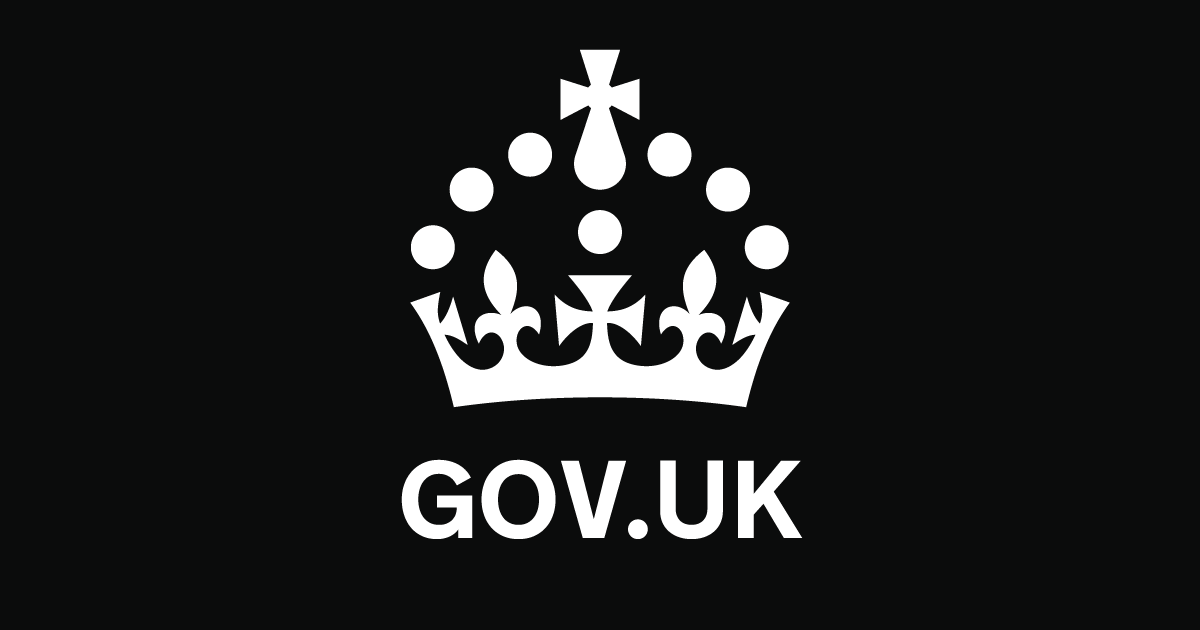The Medicines and Healthcare products Regulatory Agency (MHRA) has today issued new guidance to help manufacturers meet UK medical devices regulations and ensure digital mental health technologies are effective, reliable and acceptably safe.
From mental health apps, AI-powered assessments, and virtual reality therapy, digital mental health technologies are increasingly used by individuals and the NHS to support mental health.
Digital mental health technologies that diagnose, prevent, or treat conditions using complex software must meet medical device standards to ensure they are effective and acceptably safe, just like any other medical device. Manufacturers may be unsure how medical devices regulations apply to software, which products are regulated, how they are assessed, and what evidence is required.
This new guidance explains
- How to define and communicate the intended purpose of a digital mental health technology
- When a digital mental health technology is considered a medical device under UK law.
- How risk classification is determined, ensuring proportionate regulation for different types of technologies.
For people using mental health apps, this means greater confidence in the tools they rely on.
Rob Reid, Deputy Director of Innovative Devices at the MHRA, said
Effective and acceptably safe digital tools have huge potential to improve mental health support, making help more accessible than ever. This new guidance aims to support safe access to these important tools by clarifying when a product needs regulatory approval and the steps developers must take. Maintaining clear and proportionate regulatory standards will ensure that the public can trust these technologies and benefit from the safe, effective mental health support they can provide.
The guidance is one of the outputs from a three-year Wellcome-funded project, launched in 2023, to explore the regulation of digital mental health products. Developed by the MHRA, with input from the National Institute for Health and Care Excellence (NICE), NHS experts, researchers, healthcare professionals, and people with lived experience, it aims to meet both clinical and real-world needs, to address the growing mental health crisis in the UK.
Mark Chapman, Director of HealthTech at NICE, said
Providing more detailed guidance to the developers of digital mental health technologies helps us to ensure that technologies being considered for NICE assessments have received an appropriate level of regulatory scrutiny to assure their safety. There are many types of technologies available, and it is important people can understand how regulations apply to different products. This guidance will help inform our evaluations and ensure that NICE is able to publish useful, usable, and timely guidance that allows people with mental health conditions to access safe and effective innovations faster.
Professor Miranda Wolpert, Director of Mental Health at Wellcome, which funded the project, said
With millions of people around the world held back by mental health problems, digital mental health therapies have huge potential to be scalable and accessible.
It is not easy to navigate between over and under regulation in this area. In a fast-moving and continuously evolving digital space, these thoughtful guidelines appear well positioned to strike a pragmatic balance between making digital mental health technologies accessible to those with a range of mental health needs whilst also ensuring they are safe, effective and as transparent as possible.
Manufacturers of digital mental health technologies should review the guidance to ensure compliance before bringing their products to market.
The full guidance is available on the MHRA website Digital mental health technology qualification and classification
Notes to editors
-
Digital mental health technologies (DMHT) are software and digital products that support mental health and wellbeing. They can be websites, internet-based platforms or applications (apps) to be used with non-medical technology, such as computers, mobile phones, fitness wearables, and virtual reality (VR) headsets, or medical technology, such as transcranial direct current stimulation (tDCS) headsets. They can be available as direct-to-consumer products intended for patients and the public or used with a referral or supervision from healthcare or educational professionals, as part of the blended delivery of mental health care. Some DMHT qualify as medical devices and therefore need to be regulated as such to ensure effectiveness, reliability and acceptable safety. The new guidance provides clarity on three key areas. First, it explains how to define the intended purpose and functionality of a digital mental health technology (DMHT). Second, it sets out which types of DMHT qualify as Software as a Medical Device (SaMD) and therefore require regulation. Finally, it outlines how these technologies are classified based on risk, with Class I devices being low-risk and self-certified, while higher-risk devices (Class IIa, IIb, or III) require assessment by an Approved or Notified Body to obtain regulatory certification.
-
The Medicines and Healthcare products Regulatory Agency (MHRA) is responsible for regulating all medicines and medical devices in the UK by ensuring they work and are acceptably safe. All our work is underpinned by robust and fact-based judgements to ensure that the benefits justify any risks.
-
The MHRA is an executive agency of the Department of Health and Social Care.
-
For media enquiries, please contact the newscentre@mhra.gov.uk, or call on 020 3080 7651.

